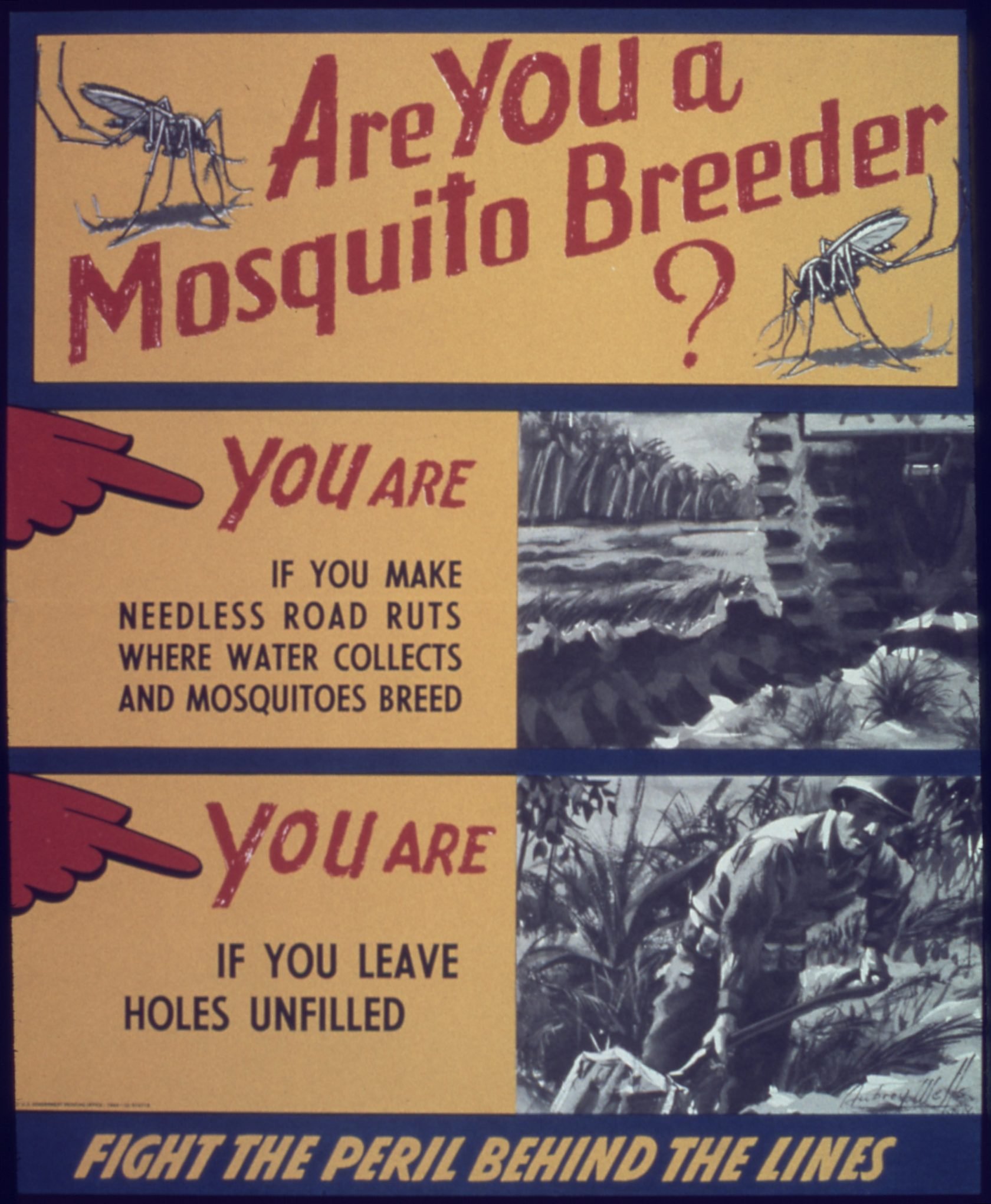Battling Backyard Mosquitoes, Easily and Naturally
We've talked a lot on this blog about not just welcoming bugs into our yard and garden, but actively encouraging them.? But there's still one bug that you'd probably have an easy time convincing this wildlife-friendly organic gardener to nuke from orbit*: the mosquito.
But this summer, I've won a battle against this enemy, if not quite the whole war. And I've done it without neurotoxins, hormone disruptors, carcinogens, or any of the other garden-variety poisons that the agrichemical industry pushes on gardeners.Look, I don't have to go through all the reasons mosquitoes are terrible, and I don't even live in an area where I have to worry about Zika or malaria.
In the Philly row homes we lived in before moving to Collingswood, our patios were virtually unusable without a beekeeper suit in the height of summer. But this year, though I can't say we're mosquito-free, we can now spend a whole evening sitting in our yard without being tortured by them.
Our chief weapon is Bti**, a naturally occurring bacterium that has absolutely no effect on humans, plants, birds, mammals, or the vast majority of insects other than a few pesky members of the order diptera (true flies): fungus gnats, biting black flies, and of course, mosquitoes. Bti (Bacillus thuringiensis israeliensis) is marketed commercially as Mosquito Dunks or Mosquito Bits, and the idea is that if you have a water feature near your home, you can use it to prevent mosquitoes from breeding in it. But you can go beyond that and use these products to actively set a trap for them.We all know that mosquitoes breed in standing water, and standard advice is to get rid of as much of it in your yard as you can. But you'll never get it all, and even if you do, your neighbors will inevitably have some. This is where the Bti comes in. It doesn't affect adult mosquitoes, but it kills their larvae upon hatching.
So why not set up some nice inviting standing water, toss some mosquito bits in it and hope that those lady mosquitoes take advantage of what appears to be a very promising breeding ground. They'll lay their eggs none-the-wiser, but their offspring will never survive to torment you.
In our case, I set up a bucket in an inconspicuous part of our yard, filled it with water and Bti (tip: use the smaller bits instead of the big dunks unless you have an actual pond), and just refill it every week or so.
We bought Summit Responsible Solutions Mosquito Bits from Amazon.
I also toss some bits into a gutter that always stays wet and on top of a tarp we're using for solarization that collects water after rains. That's it. And it's made a noticeable difference in our yard. Now the best way to do it is to start in the early spring. If you can knock down that first generation after the mosquitoes emerge, you're also preventing many future generations.
But even if you started now, it would prevent a lot of little mosquit-lets from being born. And just think if you got your neighbors in on the act. Mosquitoes aren't great fliers. With a little neighborly coordination, it wouldn't be that hard to make a big dent in the mosquito population in your neighborhood.
And by the way, we've tried other methods in the past. You'll probably find lots of websites touting the virtues of certain plants like citronella, but there's no evidence of effectiveness, and they haven't worked for us.
We should also point out in keeping with the ethos of this blog, that by inviting wildlife into your yard through native plants and other techniques, you're bringing in mosquito predators.
House wrens are one of many bird species that like eating mosquitoes, so chances are the wren families that moved into our nesting boxes have chowed down on more than a few this summer.
And I'll mention this again, because it's the best part: other than a fly swatter, Bti is the only product I know of that only kills the bugs you want to kill and has no known negative side effects. So you can attack the mosquitoes, but the firefly populations are safe.
And best of all, you don't have to worry about health effects for you or your kids.So this summer we'll spend more time enjoying our backyard.? And next spring we'll encourage our neighbors to put out their own mosquito traps.* It's the only way to be sure.** Well, in addition to fear and surprise.
Header image courtesy of National Archives

